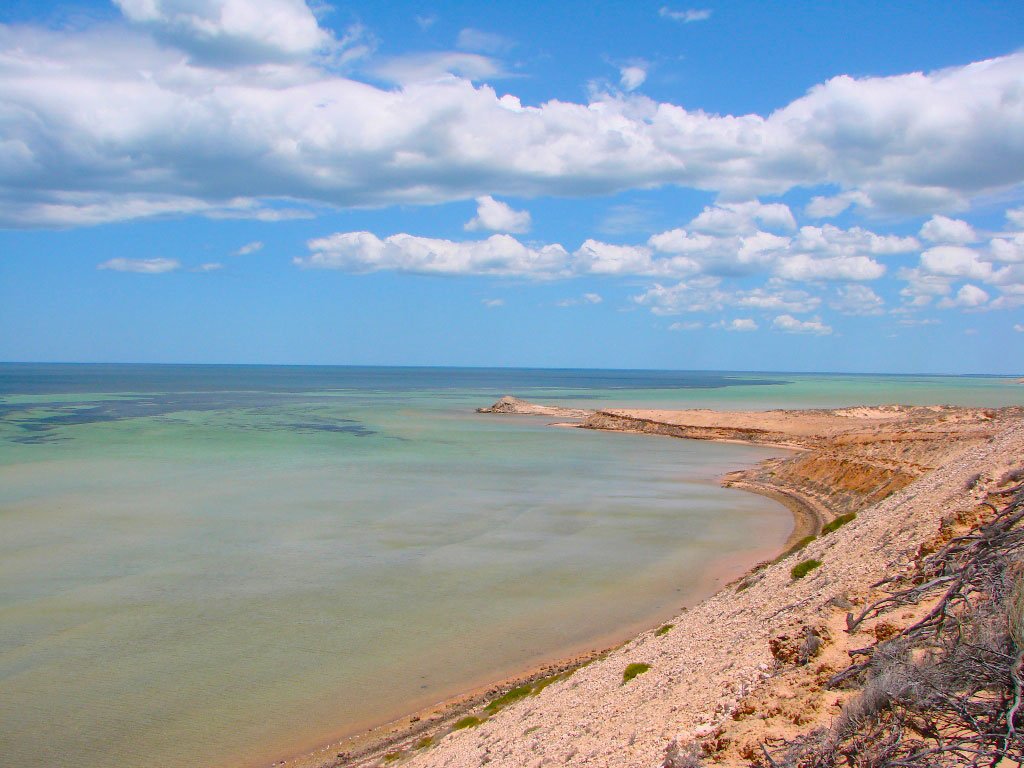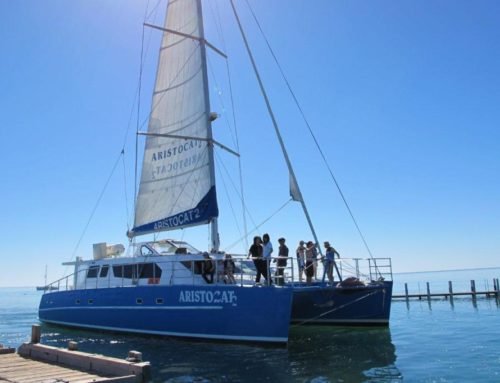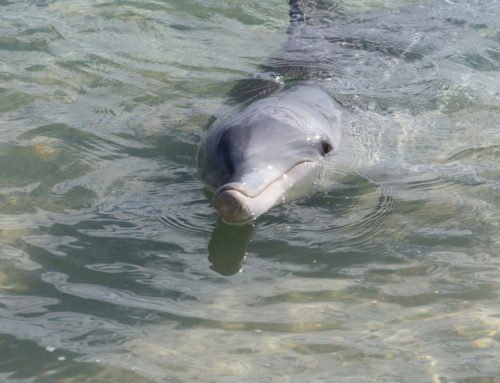Overview
- Features: A 130km drive around Shark Bay with attractions ranging from ancient stromatolites to rare species of marine life
- Opening Times: Daytime, daily
- Best Time to Visit: September to November
- Duration: 2 to 3 hours
- Travelled By: Rental car
- Cost: Free
- Address: Shark Bay, Western Australia
- Type: Natural wonder
Author Reviews[display_rating_item_results rating_form_id=”2″ rating_entry_ids=”1″ show_category_filter=”false” show_options=”true” result_type=”star_rating” preserve_max_rating=”true” show_title=”false” show_count=”false” ]
Total Rating: [display_rating_result rating_form_id=”2″ show_count=”false” show_rich_snippets=true] [accordions load=”1″] [accordion title=”User Reviews” last] [display_rating_item_results rating_form_id=”5″ show_options=”true” result_type=”star_rating” preserve_max_rating=”true” show_title=”false” show_count=”true” show_rich_snippets=true] [/accordion] [accordion title=”Add Review”][display_rating_form show_email_input=”true” show_comment_textarea=”true” show_name_input=”true” rating_form_id=”5″] [/accordion] [/accordions]
Summary
A great way to take in everything Shark Bay has to offer is on a 130km drive around the World Heritage Drive. With attractions like the Hamelin Pool stromatolites, Shell Beach, the only beach made up entirely of shells, and Eagle Bluff, one of the best places to view marine life from land, your trip cannot get more diverse than this.
Shark Bay World Heritage Area
Commencing at the Overlander Roadhouse on the North West Coastal Highway through to Monkey Mia, a drive along the 130km Shark Bay World Heritage Area takes us through some spectacular attractions. The ones that stood out for us are Eagle Bluff, Hamelin Pool and Shell Beach.
Eagle Bluff
Eagle Bluff is one of the best places in Shark Bay to view marine life from land. Located approximately 20 km south from Denham, this area is named after the osprey or sea eagles which nest on the rock island just offshore.
It has an amazing boardwalk which extends over the Shark Bay Marine Park and as you walk around it you can look into the shallow waters below to see sting rays, turtles, sharks and the occasional dugongs, especially in the summer months when they come in close to shore to feed on the massive sea grass meadows in the Shark Bay area.
The warm, shallow waters of this bay abound in fish species such as whiting and mullet which attract dozens of sharks to feed. The deeper channel water contain many colourful species of coral making it great for snokelling if you don’t mind sharing the water with the sharks.
From the boardwalk, we were able to see sharks circling in the shallow water down below. They looked like nervous sharks, however without binoculars it was difficult to tell with certainty what type of sharks they were. Still, it was exciting to see numerous sharks swimming in the shallow waters below the boardwalk.
[singlepic id=3222 w=720 h=560 float=center]
There are excellent views of two small limestone islands, once mined for guano and now important bird breeding colonies, and marine life that frequents the inshore waters. On a clear day you get excellent vistas across Shark Bay to the western peninsula and Edel Land. Interpretive signs along the boardwalk explain the significance of the area.
Eagle Bluff also marks the spot where Captain H.M. Denham carved the inscription on a rock in 1858 from which the town derives its name. The rock is now placed in Pioneer Park in the township of Denham because it was fragile and breaking away from the Bluff.
Tip
Carry a pair of binoculars if you plan to visit Eagle Bluff.
Hamelin Pool
[singlepic id=3221 w=720 h=560 float=center]
Hamelin Pool is one of only a few places in the world where living marine stromatolites can be found. Other locations for stromatolites include an underwater site in the Caibbean, Persian Gulf and in the Great Salt Lake of Utah. Hamelin Pool contains the most diverse range of stromatolites in the world.
These living fossils contain microbes similar to those found in 3,500 million year old rocks – the earliest record of life on earth.
Hamelin Pool has double the salinity of normal seawater providing an ideal environment for the stromatolites to grow, and inhibiting other marine life which would normally feed on the bacteria. The cyanobacteria live in communities on the sea bed at densities of 3000 million individuals per square metre. They are the simplest life forms to use photosynthesis to provide food and oxygen. They provided the early Earth with most of its oxygen atmosphere billions of years before plants appeared. Very fine particles of sand and crushed shell are trapped by the sticky bacteria to become cemented with calcium carbonate produced by the bacteria, thereby building up the stromatolite structures. Some structures are pillars up to 1.5 metres high and have taken thousands of years to grow.
At Hamelin Pool there is an interpretive boardwalk for tourists to venture out and examine the stromatolite structures. This is the only access area for the general public because of the fragile nature of the environment in the Hamelin Pool. We read about the history of Stumpy’s stromatolite family as we walk along the boardwalk and take in the biology of these ancient organisms.
Care must be taken while visiting Hamelin Pool so as not to disturb this fragile environment, so walk only on the boardwalk and carry your rubbish with you when you leave.
Shell Beach
[singlepic id=3220 w=720 h=560 float=center]
Shell Beach is a beach along the Shark Bay World Heritage Drive that is made of trillions of tiny shells, all from one type of animal. The shell, known as the Hamelin Cockle, lives in huge numbers because of the super salty water. The sea water in the L’Haridon Bight has a high salinity due to both the geomorphology and local climate in the area. This high salinity has allowed the cockle to proliferate unchecked, since its natural predators have not adapted well to this environment.
The discarded shells have heaped into massive piles up to 10 metres thick. Over time, the shells have formed a limestone that is known as Coquina, a type of sedimentary rock. Before Shark Bay became a World Heritage Site, the limestone was mined and used for the construction of a number of buildings in the local town of Denham.
It is truly a sight to behold – tonnes of bleached white shells forming a beach up to 1 km wide and 110 km long along the L’Haridon Bight. It is also one of only two beaches in the world made entirely from shells which makes it truly unique.






